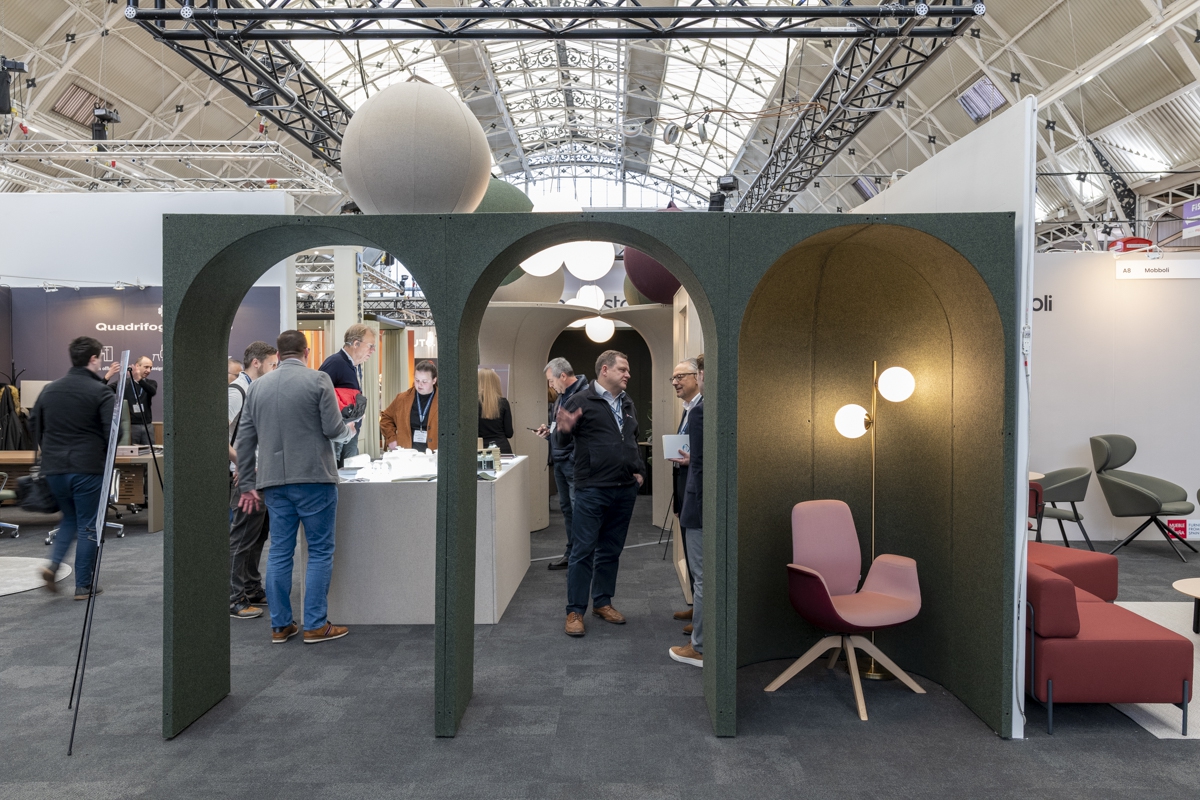
Highlights and Insights - Workspace Design Show 2023
Workspace Design Show 2023, albeit only in its second iteration, proved to be advanced in the audience it attracted and innovation it inspired.
Taking place within the Business Design Centre in Islington, the exhibition was on 3 floors and promoted products and services which all work to help make our workplaces what they are today, and are endeavoring to provide for what they will be in the future.
The experience of experts on all areas of Workplace and Real Estate was drawn on throughout the 2-day event in the form of open and non-scripted panel talks.
On engaging employees in a hybrid working environment, the message was clear; ‘It’s not really about where you are doing your work, it’s what you are doing and who you are doing it with’. By no means does this mean that the ‘where’ is insignificant, rather that it must be designed to enable employees to make their own choice based on what they have to do and who they need to do it with. In simple terms, in-built ultra-flexibility is mandatory so that the workplace can fully provide for the hybrid employee. Ash Kaur, Workplace Design Lead for EMEA at Oracle shared a project in Madrid the workplace team is working on which is focused on getting more out of less space. This highlighted that although occupancy is lower on average, the focus should be on the experience employees get when they come in in order to maximize ‘quality contact points’ and benefit from the ‘value in trust’.
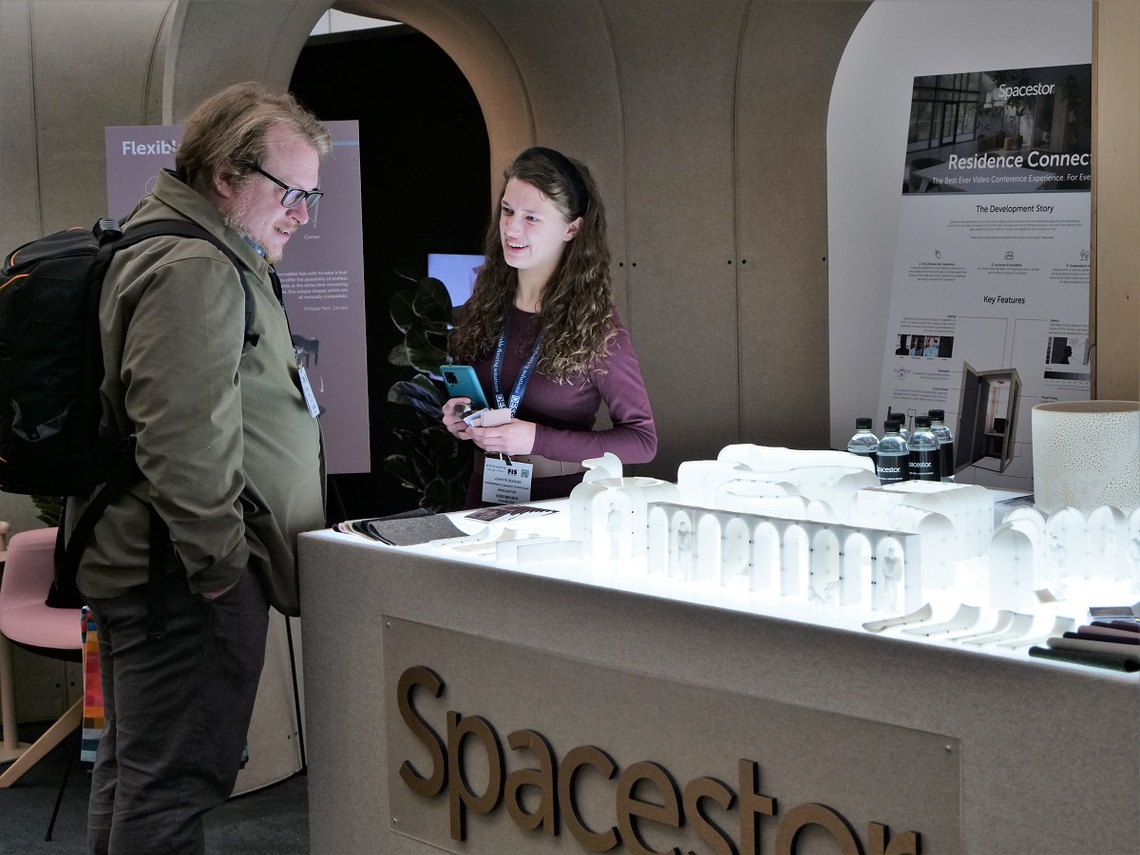
An insight into both HMRC and National Grid’s workplace strategy was also held out for attendees to learn from in order to get a greater understanding of what is required of workspaces going into the future. Rob Thompson, Director Digital Workplace Experience Owner at National Grid, outlined their approach to the design of each space as having a constant theme but not being too directed. The theme of guidance over a mandate also reflects the stance taken by HMRC on space utilisation where they ran a ‘matching task to space’ programme which has now formed a guide for employees on which space might be most beneficial for them to use for maximum productivity.
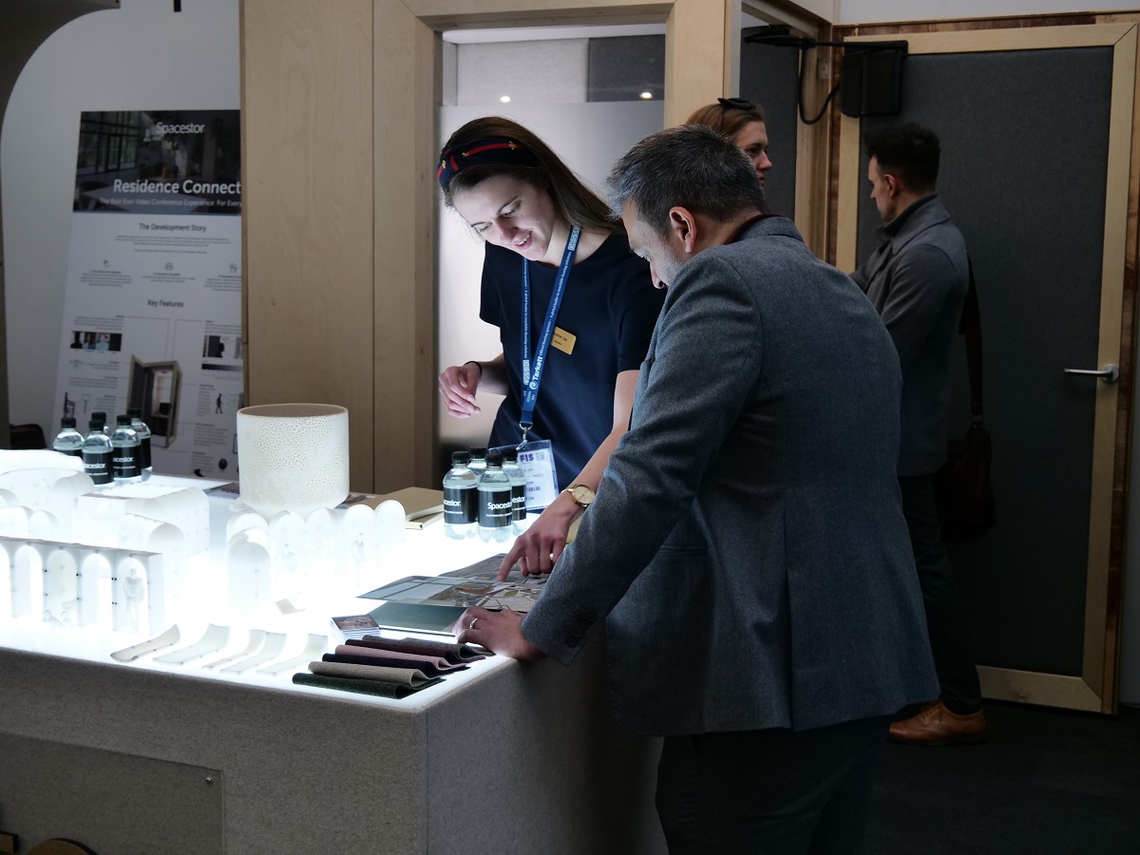
Kate Smith, Executive Director, Occupier Consulting UK at CBRE chaired a discussion on creating a healthier, happier, and more inclusive workplace experience. She drew on the obsession that many companies have on office occupancy levels post-pandemic with each expert sharing ideas on how to improve this, not because of a target, but because increased employee attraction can only be as a result of a more wholesome and inclusive experience.
Victoria Caplin Thomas, Workplace Change Manager at PwC reflected that “pre-pandemic we were so concerned about physical spaces”, and how in the post-pandemic era, the corporate is now focusing more on mental health, including the re-training of the health, wellbeing and safety team and the increase in consideration going into providing the ‘best environment’ for neurodiversity within the workplace. PwC also provide the Headspace app for each employee and have opened a new flexible office in Belfast where employees have varying spaces for work as well as wellbeing areas for yoga, meditation and HIIT and a range of services including a nail bar.
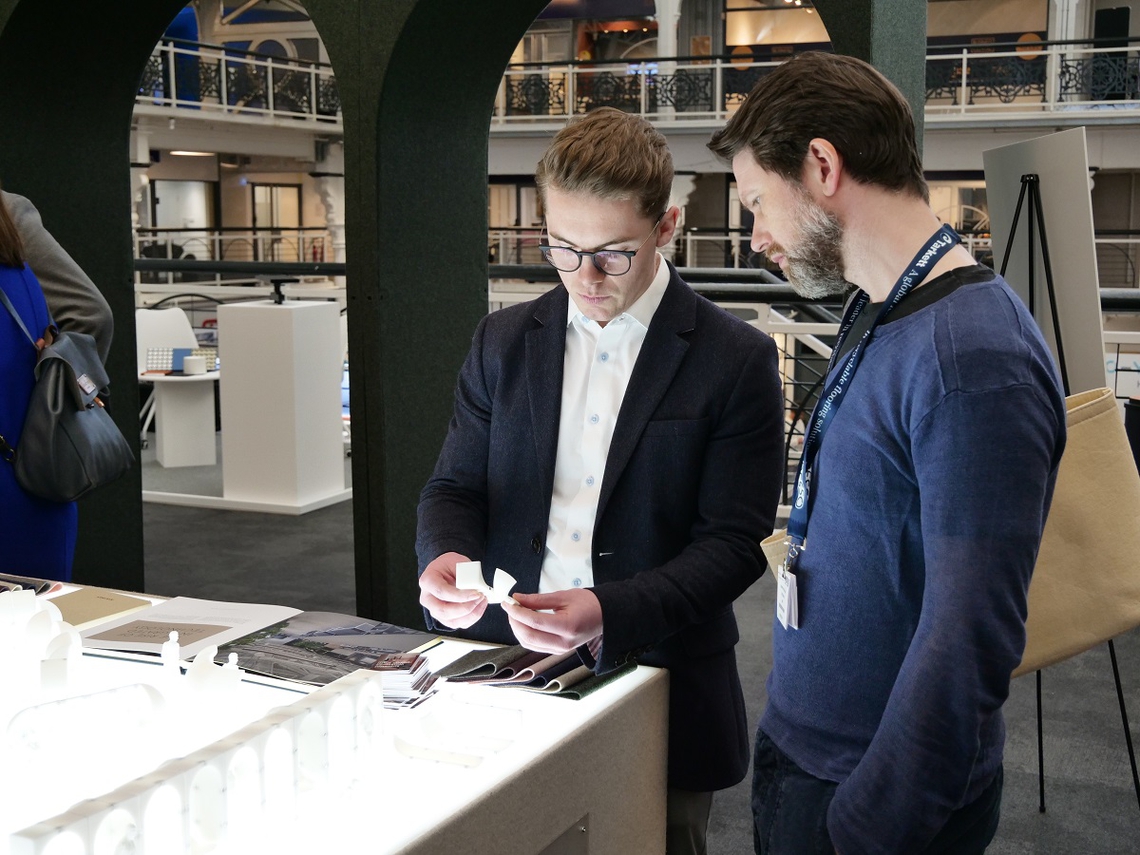
BT’s Better Workplace Programme involves the hugely impactful condensing of 400 offices down to 30. Sue Glew, the director of the HR and workplace transformation for this programme, shared their overriding mantra – to be ‘a grown-up not a start-up’. Partnering with CBRE, to review and reenergise their space offerings, Sue outlined how they draw on feedback from employees who are invited into the space to do a walk through as well as getting the disability forum to do an audit on each location. Claudia Bastiani, Head of Workplace Experience and Design at Legal and General agreed that the evaluation of a space should not be based on a traditional monetary basis, and instead the company reflects on spaces in the light of wellbeing, community investment and sustainability, elevating effects on their people to most important. Legal and General’s new location ‘The Exchange’ which is opening in June has a garden in the centre for employees to escape from the pressure of time and technology to reconnect with nature.
And in closing the panel, Suzan Dixon summed it up, referencing the distinct responsibility that those in the audience and you reading today have to make a difference. “We have a seat at the table. We can make a difference. Be bold!”
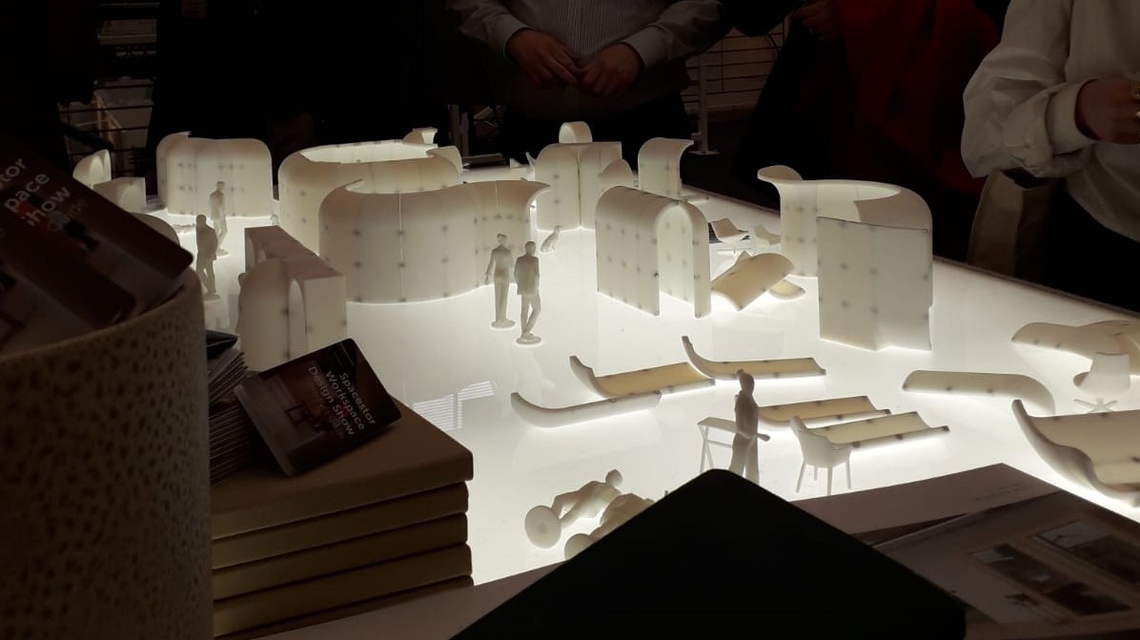
Design highlights of the show were in some stunning designs by BDP, including ‘The Lounge’ which served as a space to sit down, network or have a catchup. The Furniture Practice curated a beautiful backdrop and viewing area for the ‘Talks Lounge’ with a soft, absorbing palette and rich biophilia. Tarkett, a sustainability sensation, displayed structures entirely made from recycled materials and Stansons, drawing on the beauty of monochromatic subtlety, crafted a stand which was understated but sophisticated with matching outfits to complete the look! Aeonica, the New Landscape for Work was displayed by Spacestor. At its inaugural exhibition in the UK, this fluid and flexible toolkit had a brilliant reception with designers and architects loving the flexibility as well as the classic shapes and forms referenced.
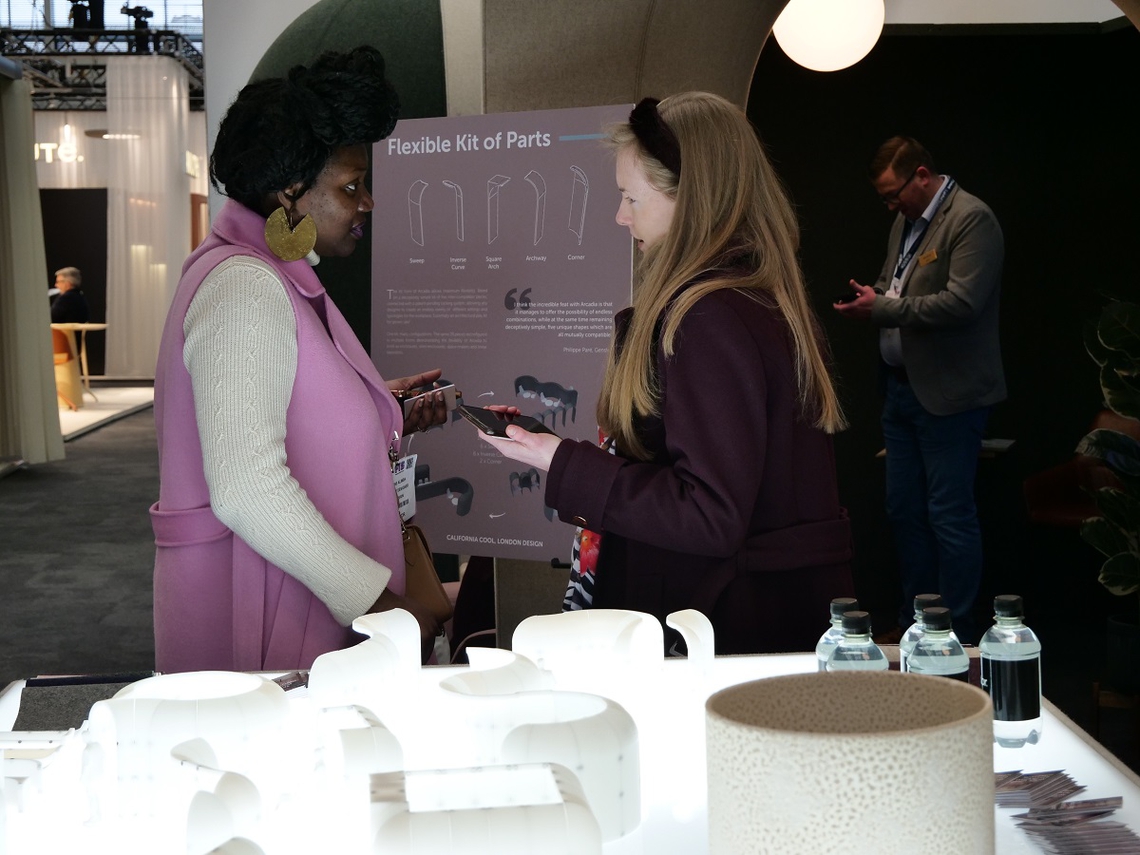
As always, the workplace industry moves on apace and the anticipation for what’s next is both exciting and invigorating. Thank you Workspace Design Show for the opportunity to network, learn and be inspired.
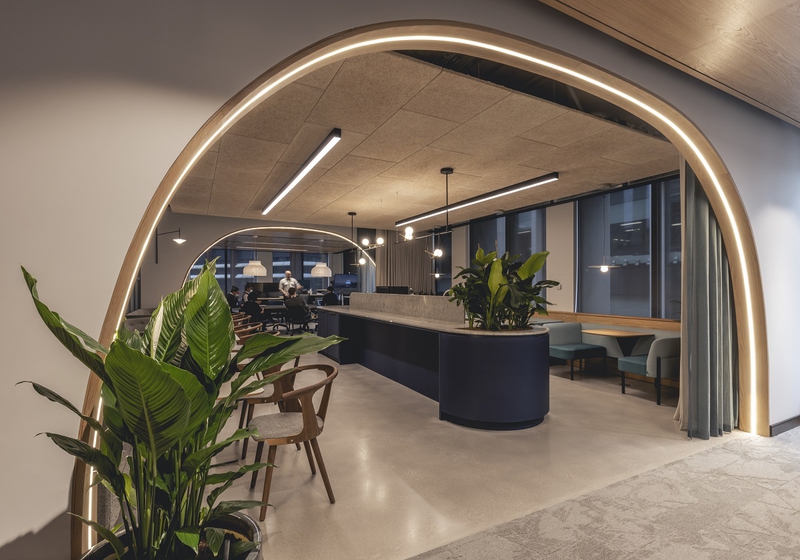
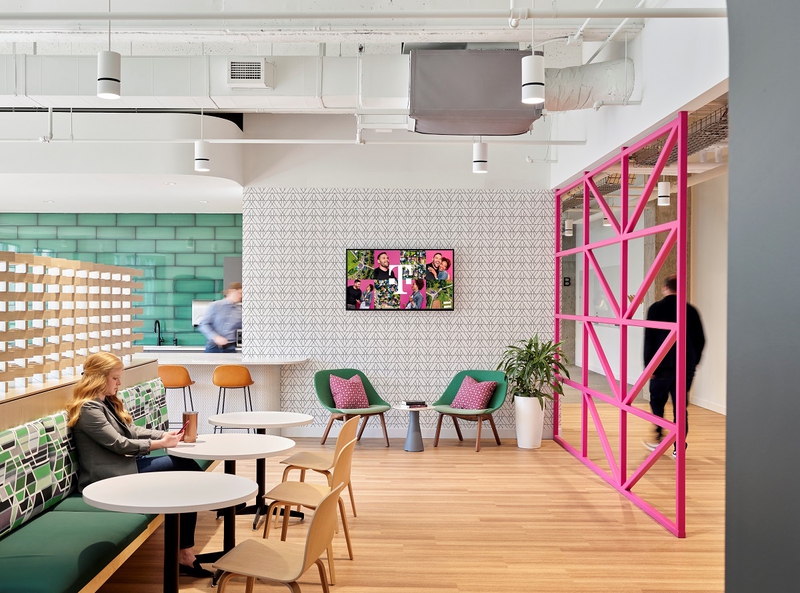
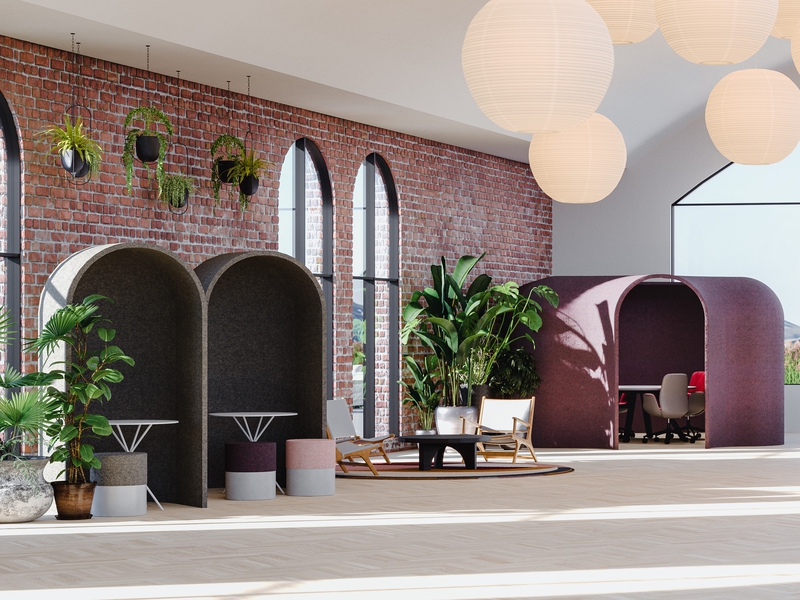
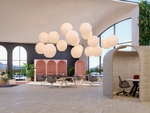

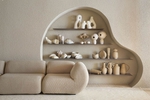
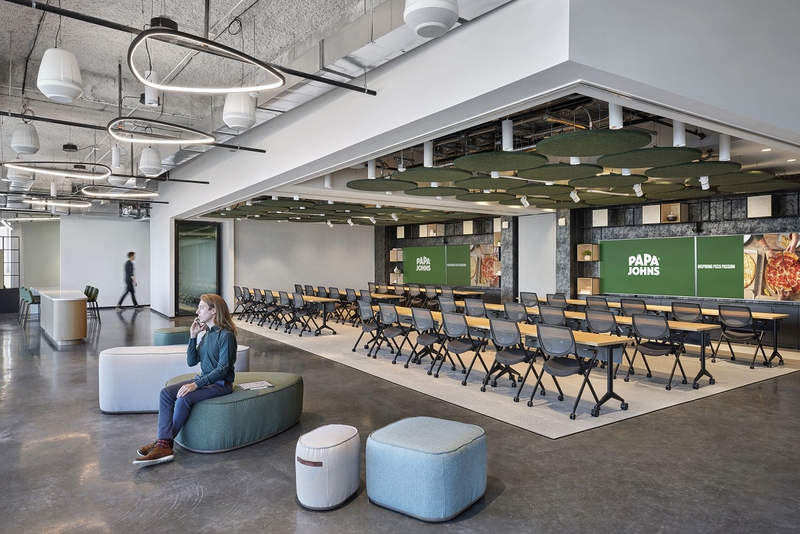
Designed by IA Interior Architects, the industrial space has creativity and authenticity at its core
NOURRITURE BOISSON
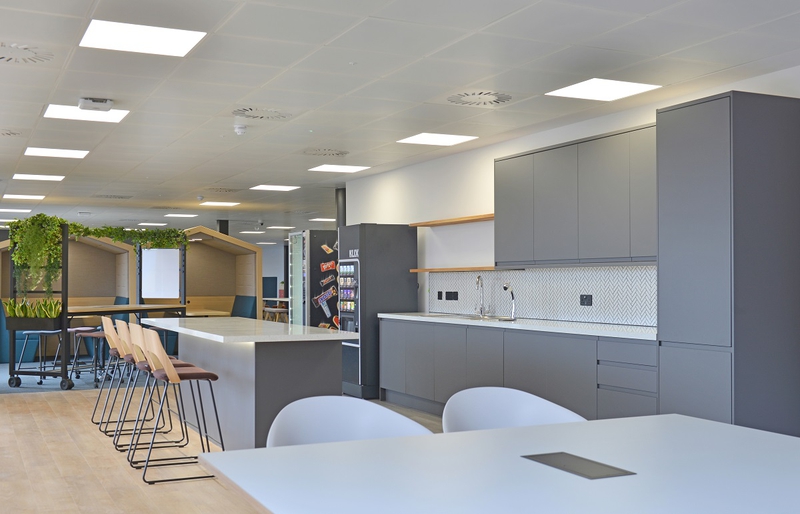
A space crafted to be accessible and highly functional, while fostering bright aesthetic touches and a soft biophilic v…
TECHNOLOGIE & INFORMATIQUE
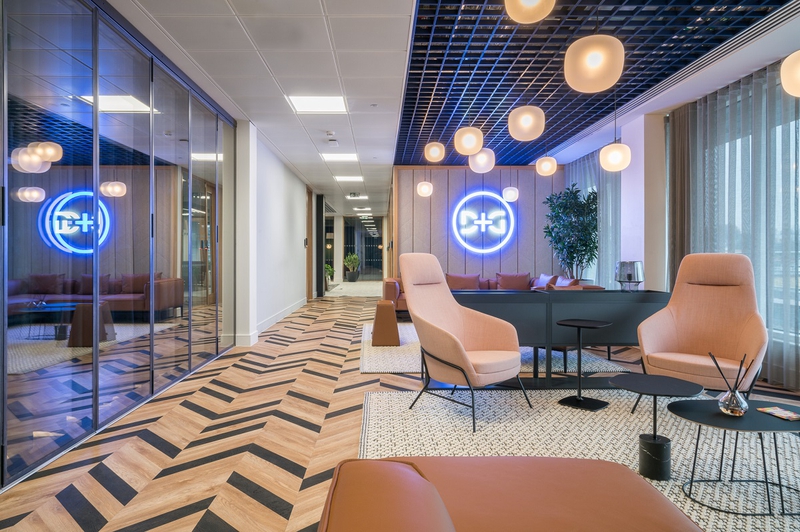
A sympathetic design, created for the hybrid world with sustainable roots and award winning results.
SERVICES PROFESSIONNELS